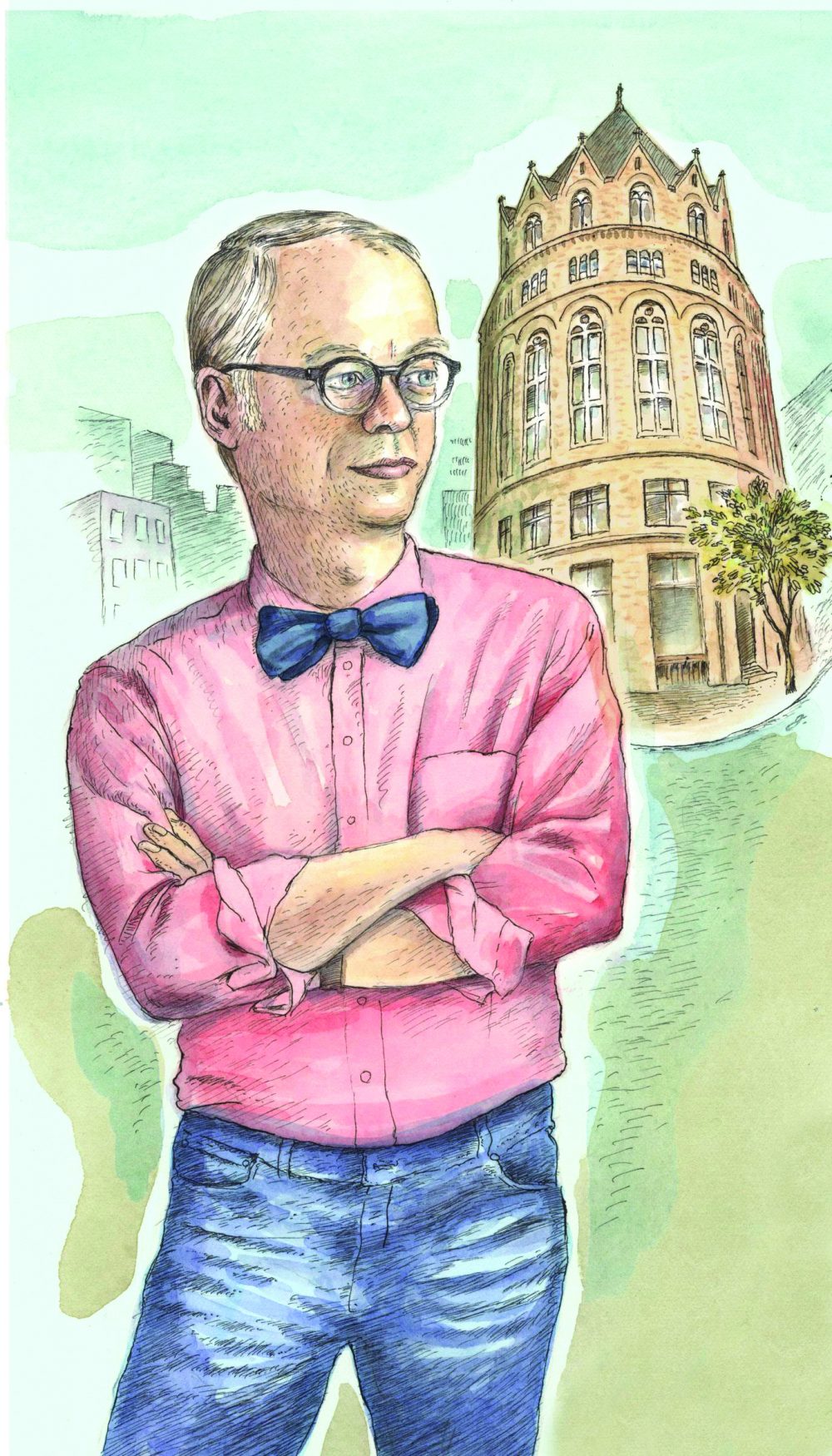Your email address is required to begin the subscription process. We will use it for customer service and other communications from Milk Street. You can unsubscribe from receiving our emails at any time.
The Cold Threatening Stars
Back to January-February 2021

Astrophysicists love to argue about how the universe will end. (“The End of Everything” by Katie Mack is a riveting primer.) Some predict that the universe will continue expanding infinitely until the galaxies spread out into a cold, lifeless pattern of social distancing. Others suggest that it will be the Big Crunch as expansion reverses and the universe collapses on itself. Or, the end could come at any moment due to defects in the fabric of the cosmos which could trigger an immediate collapse. For earthlings, of course, the death of our sun will pre-date the universe’s demise by a few billion years. Phew, no worries!
These discussions provoke all the usual thoughts about the meaning of life, whether other sentient life exists in the universe, and how this whole thing (the universe, that is) got started in the first place. And how can there have been nothing before something? And what exactly is the universe expending into anyway? I am not sure that I really want to know the answers or could understand them even if I was invited to the graduate seminar.
The other way forward is to ask what is special about our blue planet. Yes, it’s the biosphere, the diversity of life, and a thousand other things. But, speaking from a culinary point of view, maybe it’s about something else entirely. Perhaps I found the answer in Mexico.
Mexico City, like Tokyo, seems to go on forever. It’s a city of distinctive neighborhoods such as Roma, the Beaux-Arts neighborhood next to Condesa, itself a magnet for tourists with its diverse restaurants and distinctive architecture. The hustle and bustle of food carts includes a pork taco stand that offers a steaming mound of meat including stomach, heart, ears and snout, along with the more usual cuts, served on small tortillas and dressed with guacamole, cilantro, cucumber, onion and your choice of progressively hot salsas.
Or, you can snack on tlacoyos, oval blue tortillas filled with fava beans, chicharrnones, or nopales (cactus) or a half dozen other fillings and then topped with quesillo. Other street food includes fresh fried potato chips and quesadilla carts with a dozen fillings—chicken and cheese, tinga, corn smut, chorizo and rice, etc. Crowds in the center city flow toward the main square, Plaza de la Constitución. It’s noisy from the chanting of street performers and vendors, air heavy with the scent of incense. And so I duck into the cathedral for a few moments of quiet and cool air.
The next day, I drive to Xochimilco, in southern Mexico City, replete with canals that wind between chinampas, islands that were built by the Aztecs for agriculture. The morning is cool with mist rising off the thick muddy water. When I arrive at a chinampa to cook with Eduardo García (chef/owner of Máximo Bistrot), beans are put into a cazuela over a wood fire. The fire smokes, the winter sunlight is thin but warming, and a rusted, hulking barge goes by with a Ferris wheel contraption that clears lily pads and weeds from the canal. Blue corn tortillas are made by hand, salsa is mashed together using the bottom of a drinking glass, and we laze around a large wooden picnic table eating beans and drinking large caguamas of beer.
During an earlier trip to Oaxaca, I encountered more mezcal than beer. A Zapotec cook in Teotitlán del Valle, Reyna Mendoza, serves up a bowl of lamb neck stew thickened with masa and, later in the week, a home cook, Raquel Garzón, makes tlayudas on a sidewalk brazier in Oaxaca, and then we celebrate with mezcal around a large dining room table packed with sons and daughters. We toast to the food, the family, the cook, and to something I can’t quite explain; perhaps it’s the warmth and succor of hospitality.
Oaxaca followed me to Austin at the excellent El Naranjo restaurant, where Oaxacan ex-pat Iliana de la Vega takes me aside, feeds me, and patiently explains the theory and history of Oaxacan cooking over a mole negro that reaches a place in my culinary heart that had been so far untouched. Was it the subtle spices or just the sheer depth and layering of flavor? I walk around Austin in a heightened state of consciousness.
What Mexico, its people, and its cuisine taught me is that our humanity expressed through our cooking is what makes our planet one in a quadrillion. I don’t mean humane per se, I mean the sometimes spiritual, sometimes beastly, but most often everyday rituals of what it means to be human. Astrophysicists look to the stars for the meaning of life; I look to the dinner table. That’s where the best party in the universe is taking place right now, not on some frozen piece of rock or on a scorched gassy planet. (Good luck enjoying chilaquiles and beer in the Mars habitat.) I guess that the universe has it out for us, at least in the long run. But if we survive long enough to see the end of days, let’s throw one last party and toast the most amazing miracle of all—the rich, complex web of humanity that is encompassed by a bowl of beans and a bottle of beer, a better place to find revelation than out amongst the cold, threatening stars.

